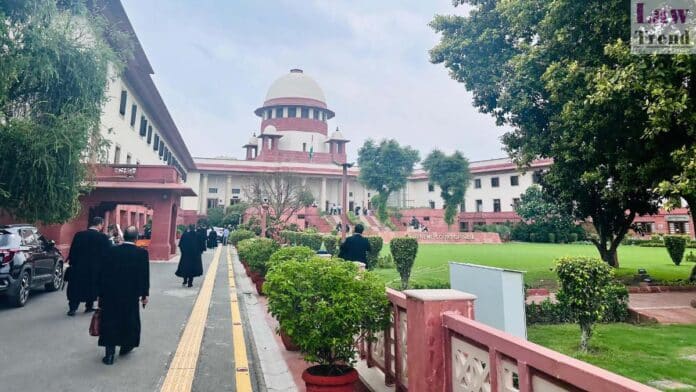The Supreme Court on Friday emphasized the importance of conducting a tree census in the Taj Trapezium Zone (TTZ) to curb the unauthorized felling of trees in the area. The TTZ, which spans approximately 10,400 square kilometers across districts in Uttar Pradesh and Rajasthan, including Agra and Bharatpur, has been under scrutiny for environmental preservation.
Justices Abhay S Oka and Augustine George Masih, presiding over the hearing, voiced concerns over the lack of data on the existing tree population in the TTZ, which is crucial for implementing effective conservation measures. “Prima facie, we are of the view that there needs to be a census of existing trees in the Taj Trapezium Zone and there needs to be a mechanism for keeping a vigil for ensuring that there is no unauthorized felling of trees,” the bench stated.
The call for a tree census came during discussions on a plea regarding the illegal felling of trees within the TTZ, an area that surrounds the UNESCO World Heritage site, The Taj Mahal. The bench highlighted the absence of current data on tree counts, which complicates efforts to protect the local environment and the historic monument.
Additional Solicitor General Aishwarya Bhati suggested that the central empowered committee or the state forest department could undertake the responsibility for the tree census and monitoring. Senior advocate A D N Rao, assisting as an amicus curiae, proposed making the local police station house officers personally liable for any tree felling incidents in their jurisdictions.




